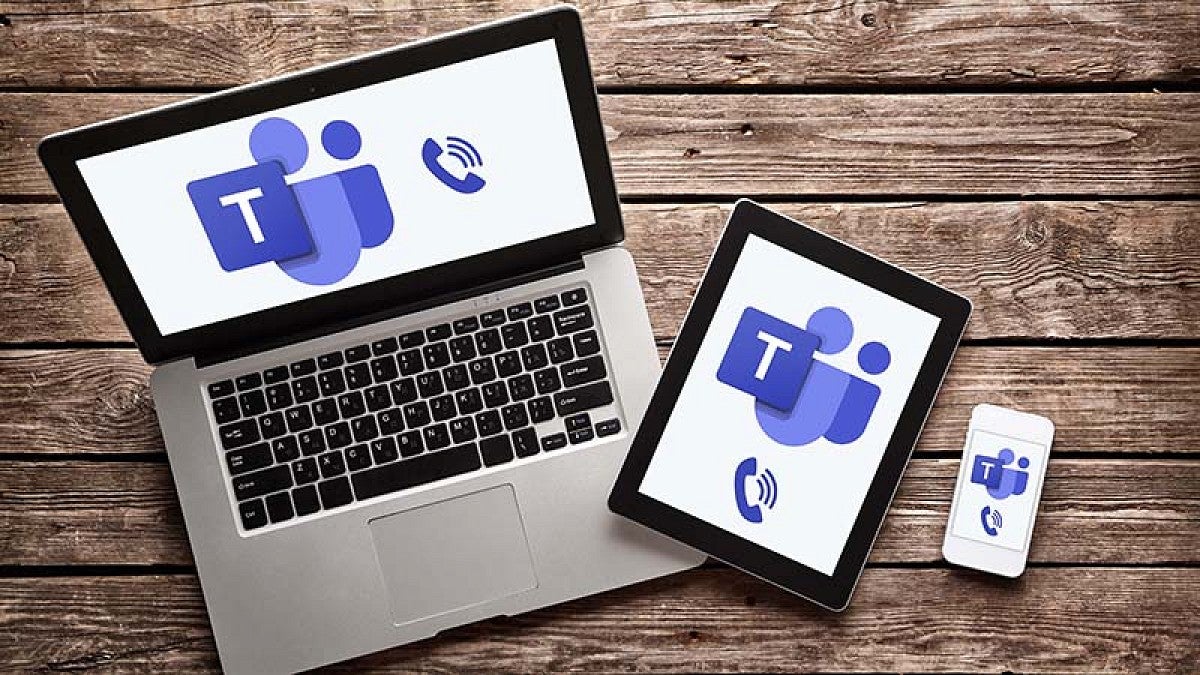Following up on a feedback survey from last year, Information Services reports positive developments for the University of Oregon's phone service through Microsoft Teams, while some challenges remain.
In June 2023, Information Services invited everyone using the Teams calling service to complete a feedback survey. Of the nearly 4,400 people contacted, about 550 responded (almost 13 percent).
"Many thanks to everyone who provided feedback," said Melody Riley, associate chief information officer for enterprise solutions. "Even without a representative survey sample, this data helps us better understand the experiences and needs of the UO community."
Some respondents said they appreciated the ease of using Teams calling, the convenience of having their phone service integrated into the multipurpose Teams app, the automatic transcription of voicemail messages, the option to use the Teams mobile app, and features such as speed dial, call history and the searchable database of UO contacts.
Other comments conveyed frustration about service outages, headsets, change fatigue and learning new technologies.
Several common problems with Teams calling have now been resolved. Riley highlighted three improvements Microsoft has made to the Teams calling service since UO's initial rollout:
- A new feature called "busy on busy" lets people more easily prevent incoming calls from interrupting classes and meetings.
- Calls now transition more consistently and smoothly between Wi-Fi and cell service for mobile users.
- People involved in front-desk operations can now set outgoing greetings for call queues.
Such improvements befit Microsoft, which now ranks as the leading provider of unified communications, according to Gartner, a technology research and consulting firm.
"Those fixes address some of the top complaints we'd heard from the UO community," Riley said. "We believe Microsoft has been responsive to feedback from their customers, including the feedback we shared from you."
Many other challenges reported by Teams calling users at the UO are solvable with the right instructions or with help from UO IT staff.
The Teams calling section of the UO Service Portal contains a wealth of information about using voicemail, troubleshooting call quality and more. In addition to the new "busy on busy" feature to adjust settings for incoming calls, Teams offers many other ways to manage Teams calling notifications, such as setting your status to "do not disturb."
To help UO's technologists diagnose problems, Information Services has invested in technical training and in a one-time analysis of Teams service performance at the UO.
Staff now offer trainings on Teams calling at orientations for new faculty and staff, as well as trainings upon request.
In addition, on June 3, Information Services made a change intended to improve UO's virtual private network for Teams calls. While staff monitor the effectiveness of that change, anyone who has trouble with Teams calls over UO VPN — a common problem — can try connecting to the VPN via split tunnel before starting the call. That allows the call to sidestep the VPN.
Riley acknowledged that some challenges remain and asked people to continue reporting any struggles with Teams calling. For example, rating the call quality when prompted by the Teams app can provide UO staff with valuable data. Similarly, it's helpful when people report problems with the UO network.
"When you report issues and share feedback with us, it helps us identify patterns, diagnose problems and work toward solutions," Riley said. "We take those concerns seriously."
Anyone who needs help using Teams calling or wants to share feedback can submit a ticket through the Microsoft Teams support page of the UO Service Portal or contact the IT staff who support their unit.
—By Nancy Novitski, University Communications


